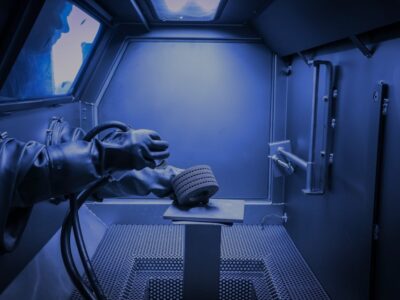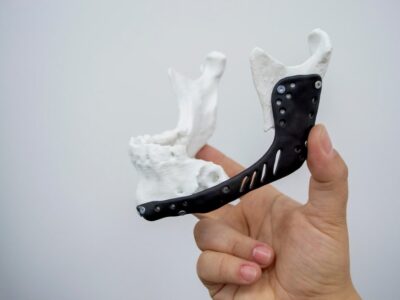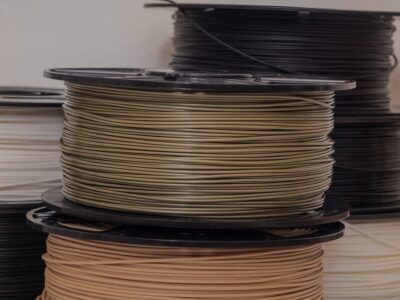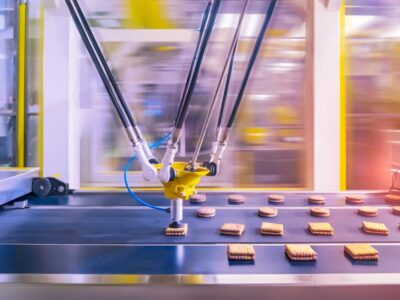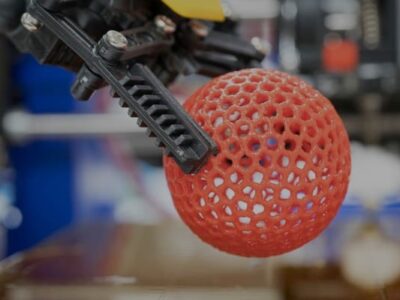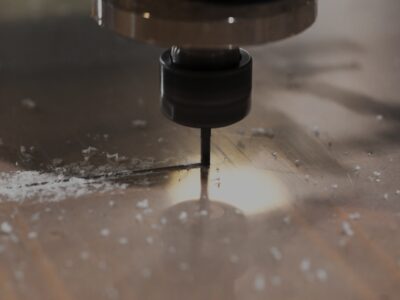Originally published on fastradius.com on March 9, 2022
3D printing (also called additive manufacturing when done in an industrial setting) has been steadily increasing in popularity over the past ten years. The 3D printing industry was valued at $13.7 billion in 2020, according to a recent Mordor Intelligence report, and it’s projected to reach $63.46 by 2026. That’s a compound annual growth rate of nearly 30 percent.
New materials, more advanced technologies, and cost-effective printing techniques have convinced many manufacturers that 3D printing is the future of part production. Let’s explore some of the latest 3D printing innovations in manufacturing today.
How 3D printing paves the way for innovation in manufacturing
3D printing empowers product teams to create high-quality products faster and at a fraction of the cost of other techniques. While injection molding requires manufacturers to design and create expensive tooling before producing parts, 3D printing enables them to simply send a digital design file to the printer.
This level of speed and affordability gives manufacturers unmatched flexibility when it comes to prototyping and production. Manufacturers can easily alter designs to keep up with consumer trends without rendering existing tooling obsolete. Product teams can also offer increased customization, eliminate time-consuming assembly steps, reduce storage costs, and produce cost-effective low-volume runs.
3D printing technology is also compatible with a wide variety of materials, making it much easier for product teams to find a material that meets their physical and chemical requirements. In addition to popular thermosets and thermoplastics, some 3D printers can also print with composite filaments, photosensitive resins, and more to produce parts with complex geometries.
New and innovative 3D printing solutions
The 3D printing possibilities are endless, and additive manufacturing is already a driving force behind innovation across several industries.
The healthcare industry: 3D printing has plenty of exciting applications in the medical industry. 3D printing’s relatively low cost combined with high levels of customization and the ability to print parts with hollow internal geometries makes additive manufacturing an ideal choice for producing light, strong prostheses. For example, SyBridge helped Coapt design and print components for their second generation of COMPLETE CONTROL, a system that helps amputees fully control their prosthetic arm’s movement via an electrical pattern recognition system.
The pandemic also introduced many new 3D printing innovations in healthcare, from mass-producing face shields to printing ventilator parts. Other 3D printing medical innovations include patient-specific surgical models and a variety of dental applications like antibacterial dental implants, dentures, impression trays, and more.
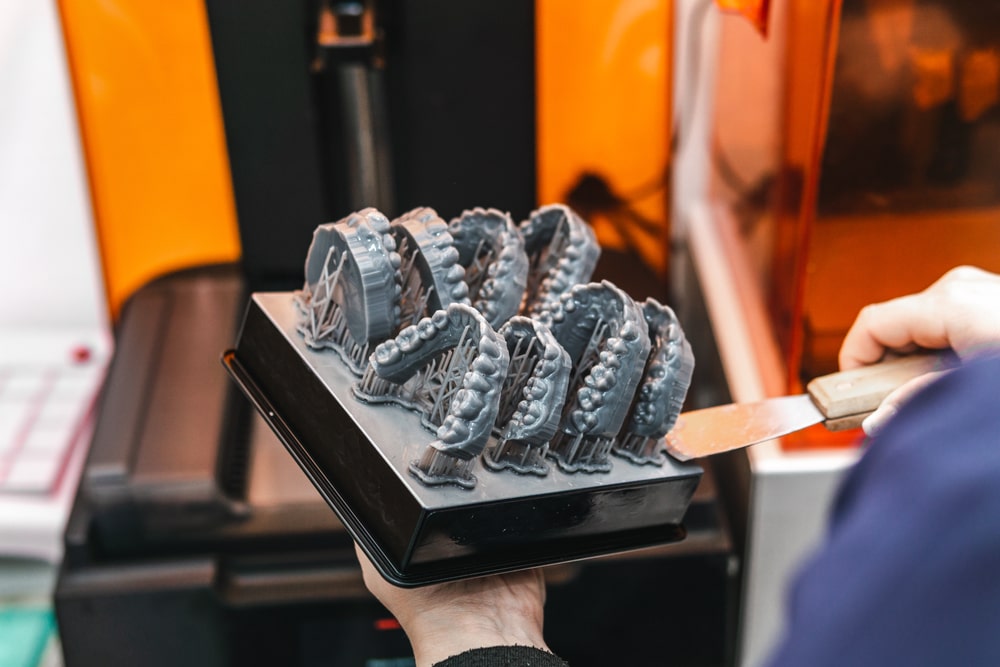
The automotive industry: Many manufacturers in the automotive industry turn to 3D printing to create parts for car interiors like customized sports car seats. Others use additive manufacturing to cost-effectively produce obsolete spare parts for vintage cars or create contoured seats that fit customers perfectly. Even Formula One race cars leverage 3D printing for their parts.
The aerospace industry: In the aerospace industry, aviation firms are just starting to incorporate 3D printing in their manufacturing processes. 3D-printed parts are cheaper and often lighter than conventional parts, offering greater fuel efficiency without sacrificing strength, heat resistance, or structural integrity.
The energy industry: 3D printing allows energy companies to quickly produce parts at a lower price point. 3D printing solar panels can cut manufacturing costs by 50% while also improving their efficiency, and 3D printing turbine blade molds can reduce transportation costs and eliminate the labor-intensive process of manually creating molds. Plus, companies can print discontinued parts, extending their equipment’s lifespan.
The sporting goods industry: Sporting goods manufacturers can create highly customized products for athletes, improving their performance and providing more protection and comfort. For example, 3D printing custom helmets with lattice structures improves ventilation and impact absorbency while minimizing weight. Other 3D printing innovations include snowboard bindings that match riders’ boards, baseball glove inserts that improve reaction time and gameplay, and custom bike saddles that offer the ideal balance of comfort, stability, and weight.
Partnering with SyBridge
3D printing is already transforming the manufacturing landscape due to its speed, affordability, high level of customization, and ability to produce complex geometries. As the technology continues to mature, manufacturers will develop new and innovative 3D printing solutions.
If you need help getting started with 3D printing, consider working with an experienced additive manufacturing partner like SyBridge. When you partner with us, our team of experienced professionals will help you through the entire production process, from design to fulfillment. We also stay up to date on the latest 3D printing technologies to help you future-proof your business and take advantage of all that additive manufacturing has to offer. Contact us today.
